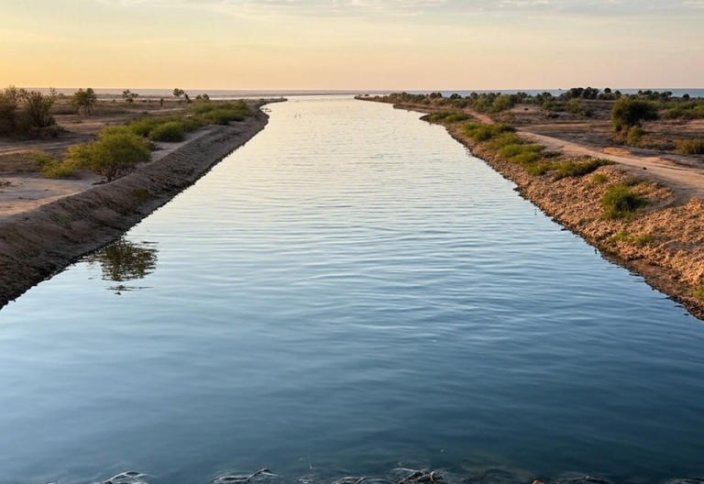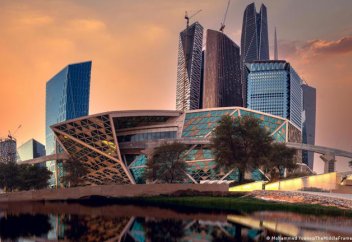|
Мечты о Сахарском море: амбициозный проект канала, который мог бы преобразить Магриб
|

Идея может показаться дикой: прорыть канал из Атлантики, где-то к югу от Марокко, чтобы затопить часть Сахары и создать внутреннее море. Тем не менее, этот проект несколько раз серьезно рассматривался с конца 19 века. Было ли это утопическим видением, геополитическими амбициями или непониманием местности? Давайте вернемся к истории сна, который мог изменить ландшафт Магриба.
Идея создания Сахарского моря очаровывала некоторые из самых смелых умов на протяжении почти 150 лет. Еще в 1878 году французский географ Франсуа Эли Рудэр при поддержке Фердинанда де Лессепса, человека, стоящего за Суэцким каналом, предложил затопить шоты (соленые озера) Алжира и Туниса, прорыв канал из залива Габес. Цель состояла в том, чтобы сделать регион более плодородным. Однако топографические ошибки и непомерно высокие затраты быстро поставили крест на проекте, о чем подробно рассказывает историк Хорхе Альварес в статье для LBV.
Несколькими годами ранее у шотландского инженера Дональда Маккензи было еще более амбициозное видение: он предложил провести Атлантический океан в Сахару, прорыв канал с юга Марокко, недалеко от мыса Джуби (район Тарфайя). Он считает, что район Эль-Джуф, который сейчас является частью Мавритании, находится ниже уровня моря и может быть затоплен естественным образом. Со временем новое море может протянуться вплоть до реки Нигер, изменяя торговые пути и создавая возможности для сельского хозяйства.
However, Mackenzie, who had never visited the area, relied on incorrect data. Contrary to his assumptions, the region he aimed to flood was actually 320 meters above sea level. His project ultimately collapsed under the weight of scientific errors and colonial tensions, with France and Spain resisting any potential British influence in the region.
Искусственный канал посреди пустыни / Изображение создано Grok
Мечта о море в Сахаре
Despite these failures, the idea of creating a sea in the Sahara never fully disappeared. In the 1930s, German and American engineers revived similar projects in Tunisia, inspired by the mysterious Lake Tritonis mentioned by ancient writers. In the 1950s, newly independent Tunisia established ARTEMIS, an association tasked with studying the feasibility of a Sahara canal.
Egypt also pursued a similar idea with the Qattara Depression, located west of the Nile Delta. In the 1960s, the United States even proposed using nuclear explosions to dig a canal that would eventually create a man-made lake, but the project was abandoned due to environmental concerns and diplomatic issues.
In the 1980s, a Swedish study commissioned by Tunisia concluded that the climatic impact would be minimal, and evaporation would render the water too salty for practical use. The estimated cost of the project, between 11 and 86 billion dollars, was deemed unjustifiable.
Похороненный проект... или просто ждете?
In 2018, a new initiative called «Cooperation Road» brought the concept back into discussion. The plan was to flood Chott el Djerid in Tunisia to create an artificial sea suitable for aquaculture, tourism, and agriculture. But like previous projects, it faces significant economic and environmental challenges.
As for a canal from Morocco, it is more science fiction than a viable reality today. However, as climate change and desertification continue to threaten the region, yesterday's utopian dreams may inspire tomorrow's solutions. In the absence of a grand canal to the Sahara, Morocco has already launched the first phases of its water highway project, which aims to transfer water between the Sebou and Bouregreg hydraulic basins. This ambitious project could eventually transfer 860 million cubic meters of water per year from Rabat to Marrakech.
Yabiladi













